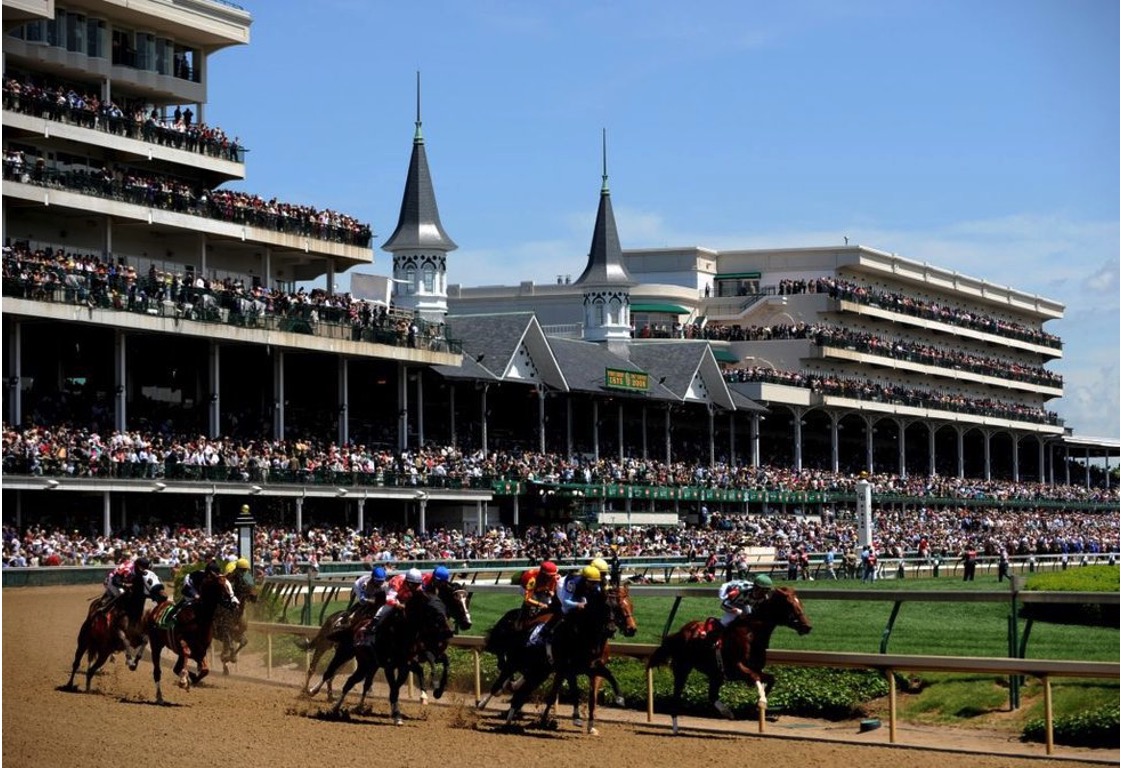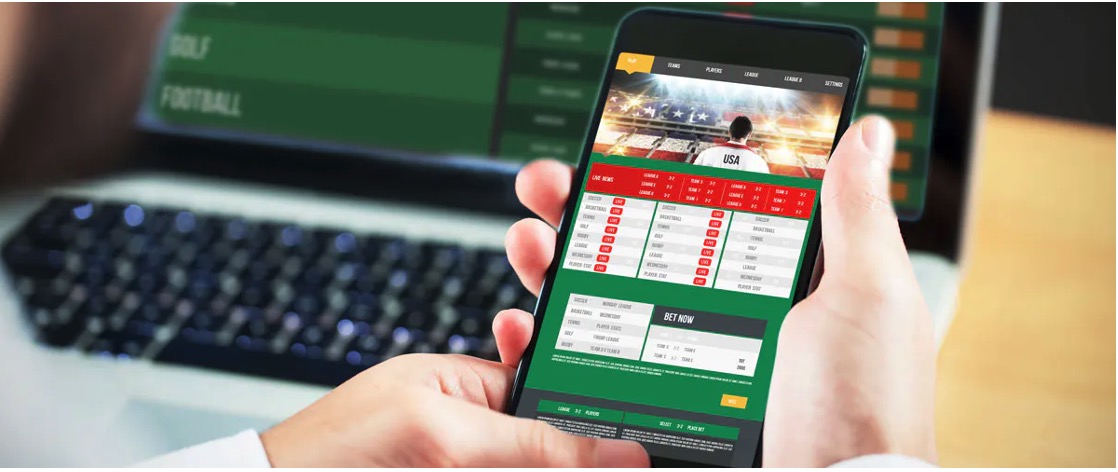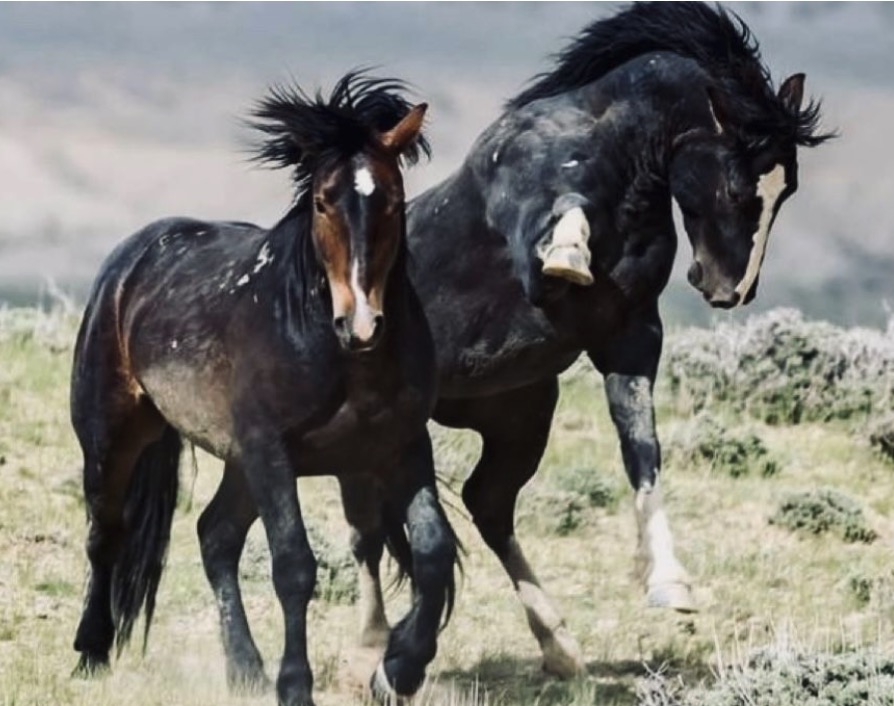Comments
ANIMAL WATCH - As more sordid insider details are exposed by the media about the “sport” of horseracing and the greed behind the exploitation of beautiful, innocent animals with no choice but to run, often to death, the public is seeing the ugly underbelly of horse racing and the breeding industry and is rejecting it.
This is an industry of greed and lust for status. It breeds majestic animals to subject them to life-threatening dangers in forced races which line the pockets of breeders and the owners who purchase them at auctions as lucrative, but ultimately disposable, commodities.
The heartbreaking reality of this industry is increasingly being exposed by humane organizations, including PETA (People for the Ethical Treatment of Animals), AWA (Animal Wellness Action), Racehorse Wrongs, and The Humane League, which published a compelling essay by Mikealla McInerney on December 19, 2023, to provide a candid and compassionate look at the reality of horse racing today.
DECLINE OF RACING
On May 5th 2023, the Economist questioned, “Is horse racing in America on its last legs? It then answered its own question: “The sport’s odds are not good.”
“The sport has been in decline for decades. Aside from big events like the Derby, attendance at racetracks is abysmal. Grandstands that can seat thousands hold dozens,” the article stated.
“More than 40 tracks have closed since 2000. In 1989 there were more than 74,000 races. Last year there were only 33,453.”
Alarming spate of racehorse deaths draws scrutiny of Industry Safety Practices, PBS reported.

On May 20, 2023, it was reported that 901 thoroughbreds died in 2022—more than two a day—and seven horses died over 10 days leading up to the Kentucky Derby in May this year .

The horse racing industry was valued at three billion dollars in 2020, reflecting a decrease of over 5 billion dollars over the previous years.
In 2002, $15 billion was the number of bets placed on horse races throughout the US, and by 2018, the number dropped to $11 billion. Additionally, in 2002, roughly 33,000 thoroughbreds were enrolled as racehorses; by 2018, the number drastically dropped to 19,925, according to Statista.com.
“With so many other ways of gambling appearing over the years, horse racing has declined in popularity over the most recent years. Instead, slots, casinos, and Lotteries make it a more manageable and smoother gambling process,” the report stated.
On October 4, 2023, CNN announced, 4 horses have died at a San Francisco Bay Area race....
“Four horses have died at Golden Gate Fields in the San Francisco Bay Area in the past two weeks,” California Horse Racing Board spokesperson Mike Marten told CNN on Tuesday.
“Two of the horses, a 5- and 6-year-old, were euthanized on October 1 and September 25 after they suffered musculoskeletal injuries from racing and exercising,” Marten said.
“A 2-year-old horse died on September 27 after an “apparent cardio failure” and a fourth horse was euthanized after she sustained a wound in her stall,” he said.
CNN stated that it “had reached out to Golden Gate Fields for comment.”
Marten also admitted there have been 12 horse deaths at Golden Gate Fields in 2023, Marten said. “Five were recorded as musculoskeletal injuries, the type that are sustained during racing and training, and seven were non-musculoskeletal,” he responded.
“The non-musculoskeletal injuries could range from illness or stall accidents,” Marten added.
“The Horse Racing Board has over 50 safety initiatives in place to ensure horse safety, including a review panel that looks at racing, training and veterinary records of horses entered to run. This was a bold step that California took to protect horses, as historically, regulators had not involved themselves in decisions pertaining to the training and racing of horses,” he told CNN.
“From 2020-2021, there were 16 deaths from musculoskeletal injuries at Golden Gate Fields and 13 from 2021-2022,” Marten said.
Golden Gate Fields will be closing in 2024, so the company can “double down on its prestigious racing and training venues at Santa Anita Park and San Luis Rey Downs,” the racetrack said earlier this year.
ARE AMERICA’S RACETRACKS TURNING INTO “CRASH SITES”?
“America’s racetracks are turning into crash sites,” said Wayne Pacelle, president of Animal Wellness Action. “There’s been scrutiny on California tracks because of horse injuries and deaths, and that makes continuing losses deeply troubling. Horse deaths should never be treated as routine at tracks. Remember, these are young animals in the prime of their lives.”
ON-LINE BETTING

Thanks to the advent of the Internet, professional sports--along with illegal sports (cockfighting, dog fighting)--have enabled betting from across state lines or internationally.
The gambling industry is already using technology to claw unabashedly and invasively at the wallets or on-line accounts of the current generation to assure it is locked in as a foundational factor in spending—in other words, that they are “hooked” into on-line gambling before they are even earning a paycheck.
The Massachusetts Department of Public Health warns that gambling addictions can start in children as young as 10 years old, so parents and caregivers of young children need to understand the risks and the many ways kids can be exposed to gambling online.
The betting industry will not willingly let go of the purse strings of a generation that is earning far more money than those at the same age in the past, and could be enticed to on-line gambling in a way of multiplying it with the thrill of choosing a horse with good odds and viewing the race without traveling to a track.
“HORSERACE SENSE” - SLAUGHTER OF HORSES

According to HorseRaceSense.com, “Many racehorses that sustain a leg injury are euthanized, and two-thirds of all horses are slaughtered, with many being from the horse racing industry.”
“The industry sends over 10,000 horses annually to slaughter. That means that 20,000 of the foals born every year are killed annually for their flesh.”
“Under one year old, all horses are ‘foals,’ regardless of gender.”
“With not every horse sent to slaughter needing medical attention, the USDA documented roughly about 92.3 % of horses sent to slaughter are in good condition, with no impediments to living a productive life.”
A 2019 investigative report by HorseRacingSense ended with the assessment, “Not only is slaughter an inhumane way to end a horse’s life, but it is a terrifying and brutal way for these poor animals to experience this in their last moments of life.”
ATTENDANCE / RACING INCOME
Mikealla McInerney’s powerful essay, “The Slow Decline of Our Cruelest Sport” (published by The Humane League) discusses concerns about animal welfare in horse racing and other competitive “cruel sport” with a high danger to the animal(s) involved, as a prime consideration around the world and it is filled with important statistics.
She writes, “A 2023 poll in the UK found that most British people believe that the Grand National—a massive horse racing event, which has killed 62 horses since 2000—is cruel to horses.
After a particular tragedy in the US, when the race horse Eight Belles collapsed and was put down during the 2008 Kentucky Derby, a Gallup poll found that 38% of Americans supported banning animal racing.
According to numbers from the Jockey Club, from 2009 to 2022, 7,062 horses died at American racetracks.
McInerny discusses, “The finish line.”

“In the wild, horses love to run—and run fast: there are still places in the world where you can watch wild horses running free. Moving fast and joyfully comes naturally to thoroughbreds, but winning a race is a human construct. Instead, horses—who are prey animals—prefer the safety of the middle of the pack. They want to run as a group. They want to keep each other safe. They want to run fast, away from harm, rather than toward it,” she writes.
With this natural instinct in mind, we need to rethink horse racing as a sport.
(Phyllis M. Daugherty is a former Los Angeles City employee, an animal activist and a contributor to CityWatch.)







